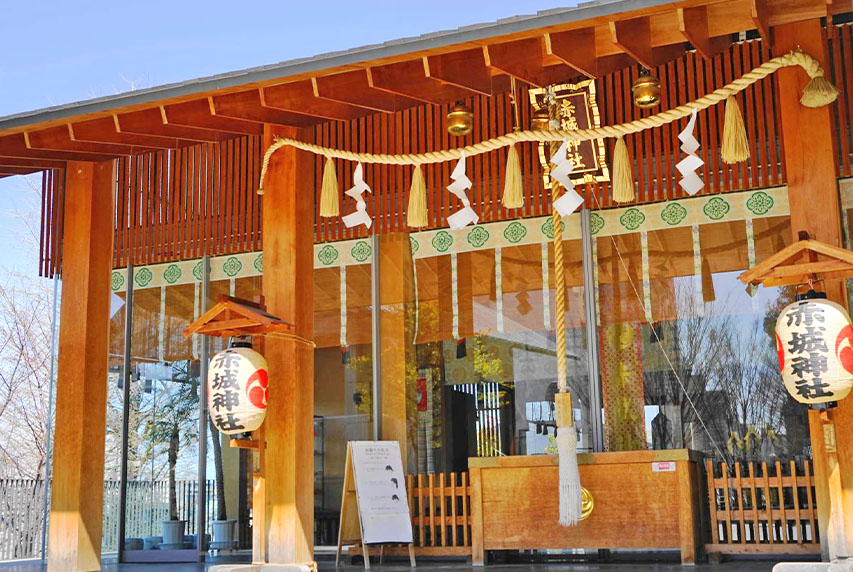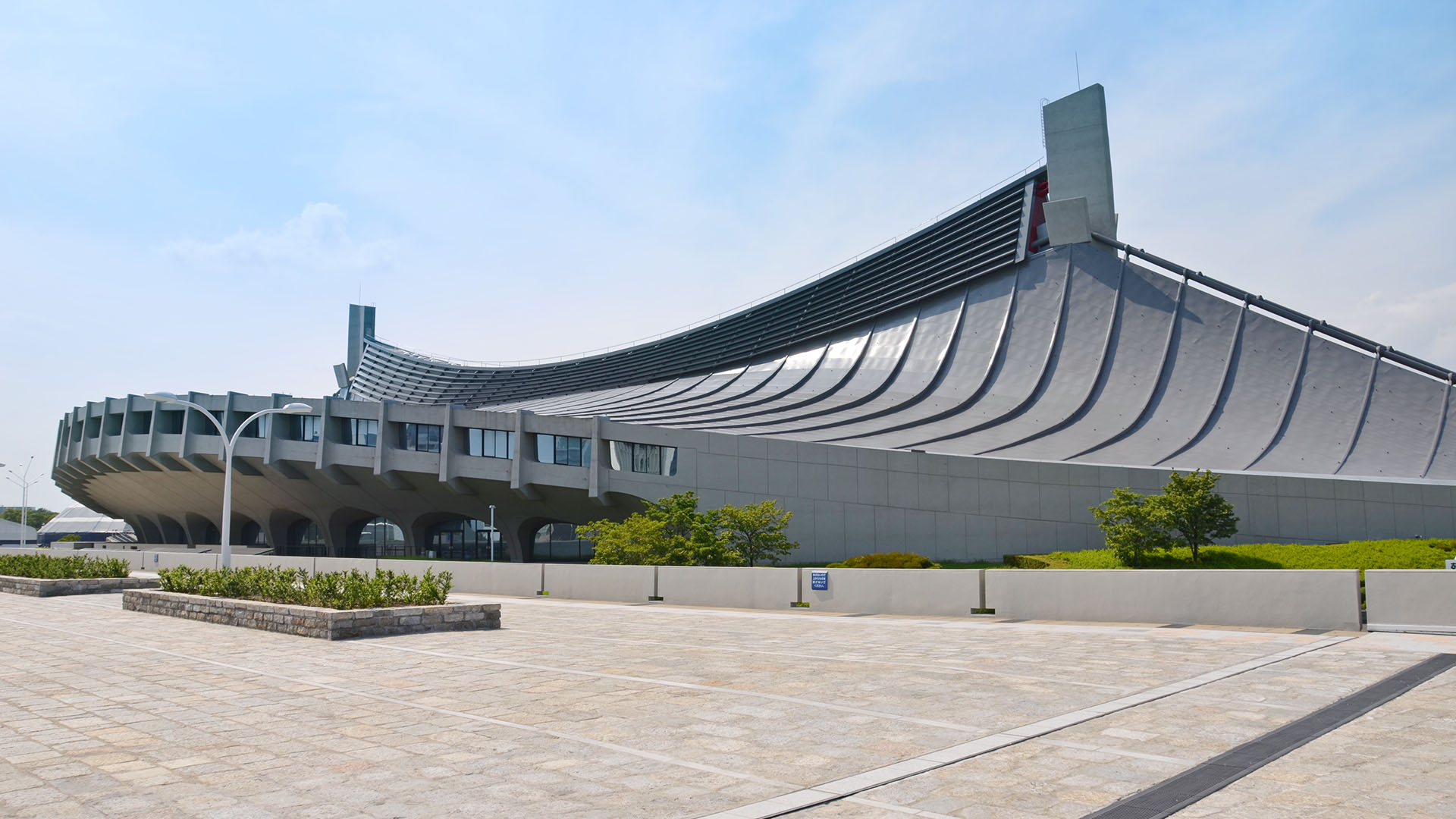
- Share this page
Share this page
- EN
Select Language
- FAVORITES
- Search
Detailed search: You can do a detailed search by keyword, genre, time, area and tag.
Main content starts here.
- Visit Tokyo |
- EXPERIENCES |
- Best things to do in Tokyo tailored to your preferences |
- Art & Design |
- Architecture |
- World-renowned architects
Updated: November 5, 2019
World-renowned architects
World-renowned architects—Celebrated structures by four Japanese architects
Let's go on a journey and explore the worlds of Kenzo Tange, Kisho Kurokawa, Tadao Ando, and Kengo Kuma—four internationally acclaimed Japanese architects whose masterly works breathe beauty into the metropolis of Tokyo.
Kenzo Tange
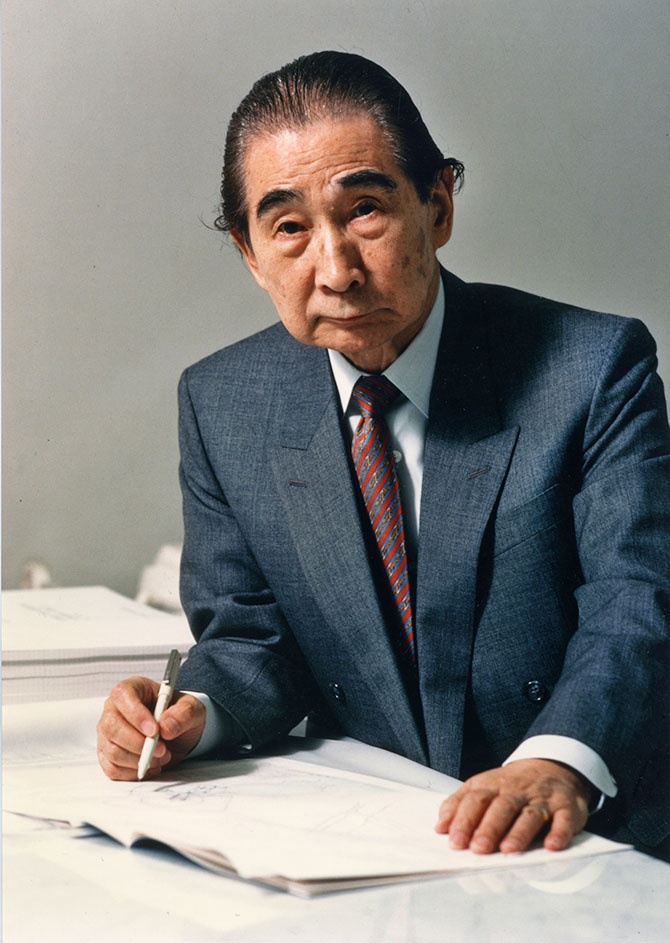
Photo courtesy of Koichi Saito
Kenzo Tange (1913–2005), one of the first Japanese architects who went global, won international praise for works that fused traditional Japanese and modern Western European styles of architecture. As an urbanist, he proposed and designed new cities across the globe. He was also known for his friendship with the likes of Le Corbusier—one of the three great pioneers of modern architecture—, as well as Philip Johnson, Oscar Niemeyer, painter Genichiro Inokuma, and avant-garde artist Taro Okamoto. Many projects were organized in 2013 to celebrate the centennial of Tange's birth (2013), making now a great time to visit his legacy in Tokyo, which includes the Yoyogi National Stadium, St. Mary's Cathedral, the Tokyo Metropolitan Government Buildings, Fuji TV Headquarters, the Sogetsu Kaikan, and Shinjuku Park Tower.
Yoyogi National Stadium
This distinctive hanging-roof structure was built for the 1964 Olympic Games and can be seen a short walk away from Harajuku Station. Today, it still serves as the stage for many sports events, as well as cultural events like concerts.
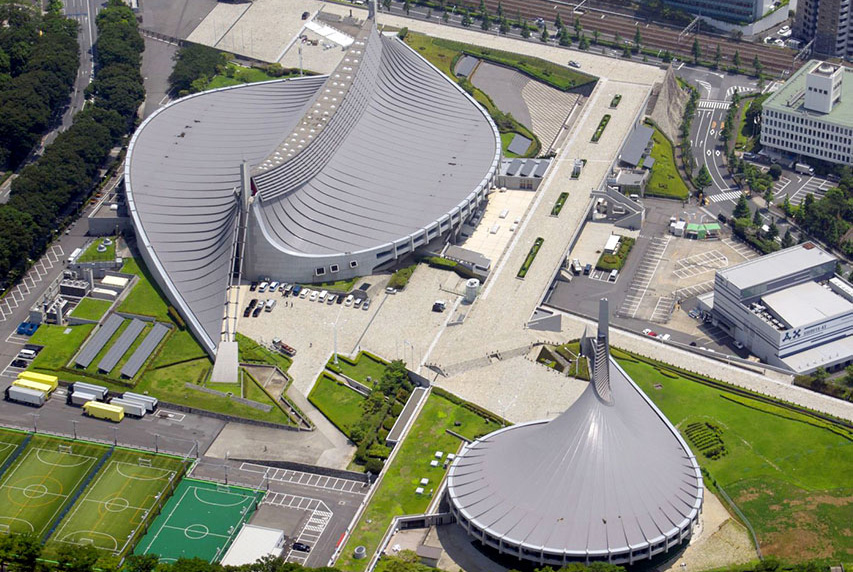
Sekiguchi Catholic Church (St. Mary's Cathedral)
Completed in 1964, this cathedral is comprised of eight shell walls arranged in pairs to form a large cross when seen from above. The shape can also be recognized by looking up at the roof from within. The funeral of Tange himself was held in this interior, which rises to a peak of nearly 40 meters. The building is beautiful enough to look at from the outside, but as long as you're there, the solemn interior is worth a visit, too.
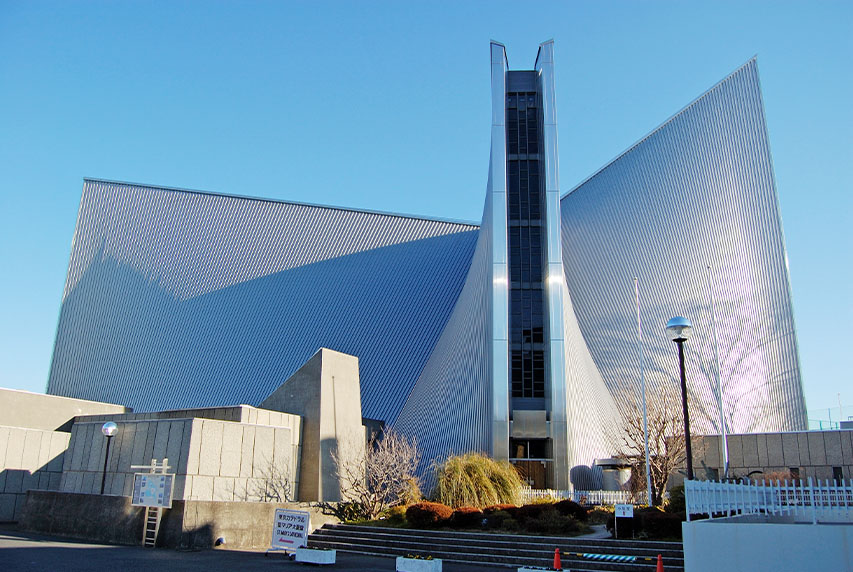
Tokyo Metropolitan Government Buildings
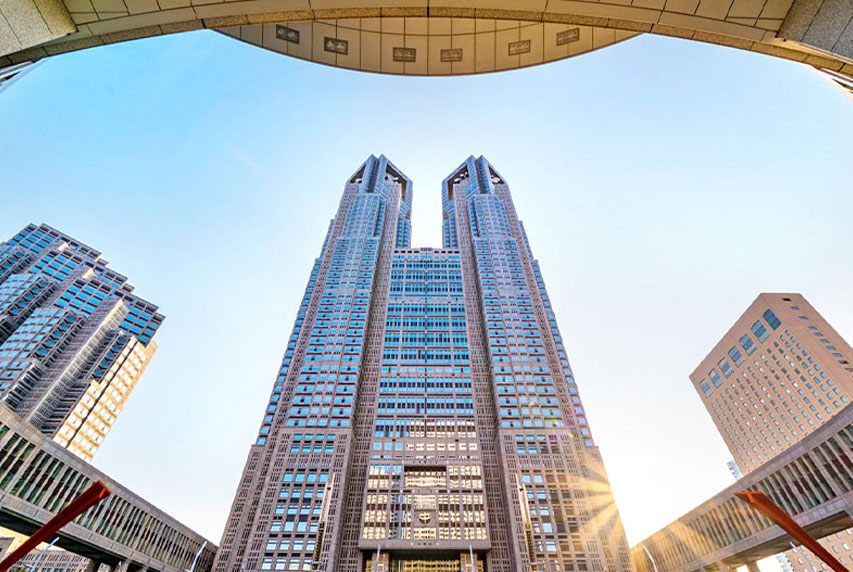
Fuji Television Headquarters Building
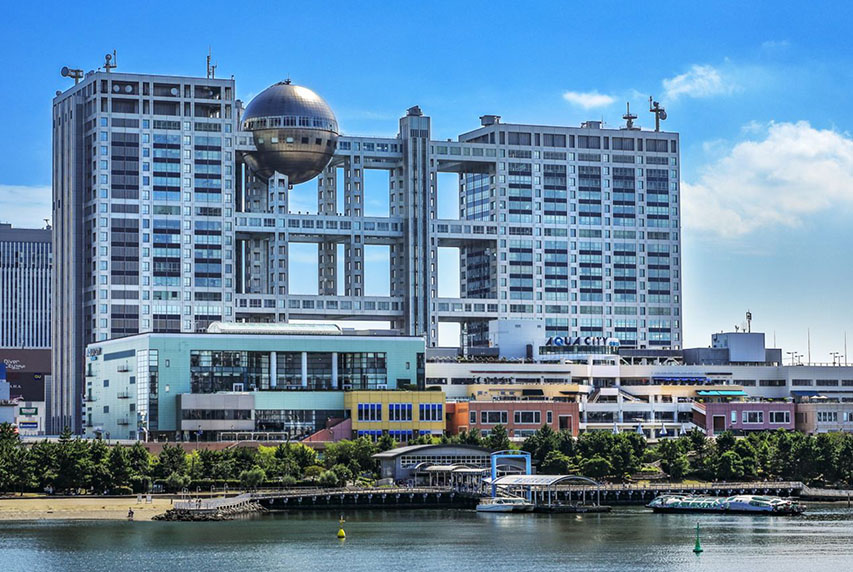
Kisho Kurokawa
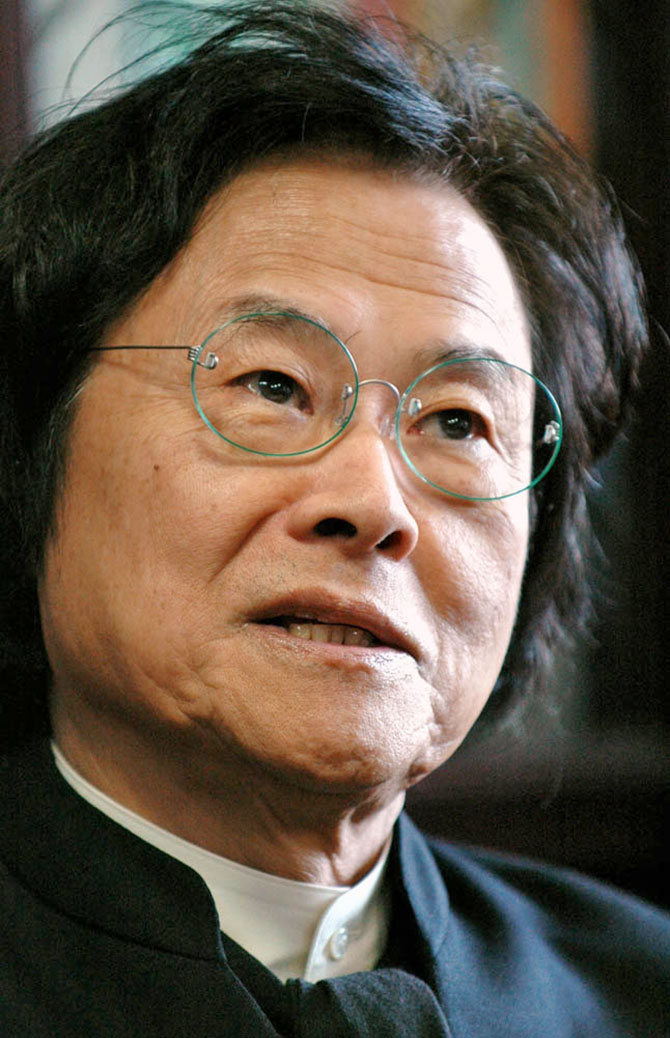
Photo courtesy of Kisho Kurokawa Architect & Associates
Kisho Kurokawa (1934–2007) was a founder of the Metabolist Movement, which advocated the organic growth of cities and architecture in line with changes in society and population. He was influenced greatly by the urban development concepts of Kenzo Tange and became his apprentice at the University of Tokyo. The National Art Center, Tokyo, a dynamic structure directly accessible from Nogizaka Station, is truly breathtaking. Kurokawa also designed the Nakagin Capsule Tower and other commercial buildings in Tokyo, such as the BIG BOX building in Takadanobaba. Works outside Japan include the New Wing of the Van Gogh Museum in Netherlands and Kuala Lumpur International Airport in Malaysia.
The National Art Center, Tokyo
Opened in 2007, this facility features a striking wavy facade. In addition to hosting exhibitions in its 14,000 m2 space, the largest display space in Japan, it also serves as an arts center with an archive and an educational program. Visitors are recommended to spend some time at the restaurant on the 3rd floor or one of at the cafes on the 1st and 2nd floors, which are designed to take in plenty of natural sunlight.
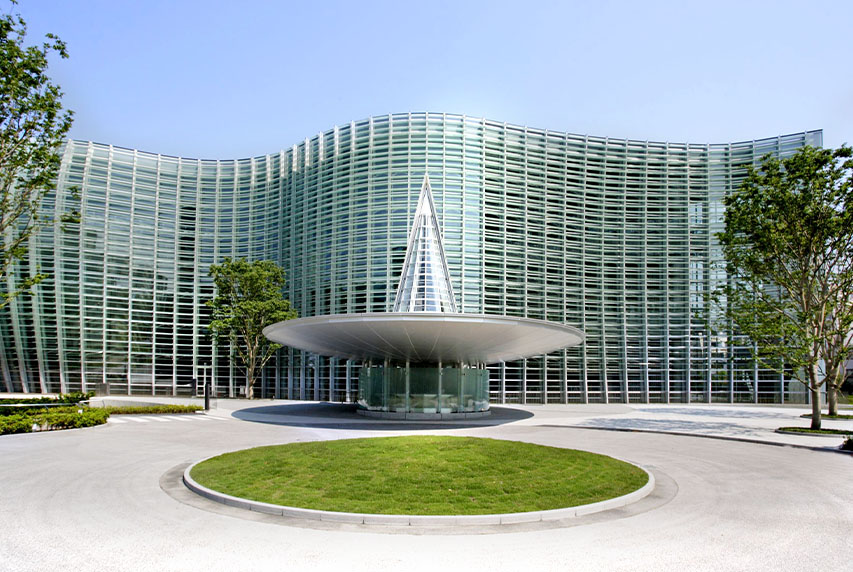
©The National Art Center, Tokyo
Tadao Ando
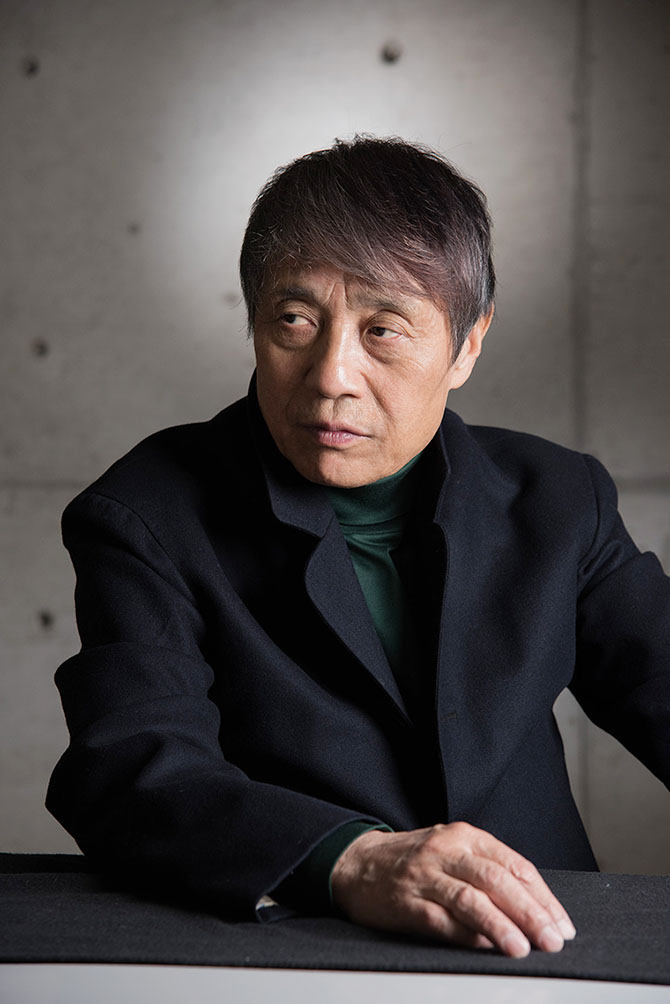
Photo by Kinji Kanno
Tadao Ando (1941 - present) continues to pursue new forms of architecture that exist in harmony with nature. The self-taught architect traveled the world before returning to Japan and establishing Tadao Ando Architect & Associates. Besides Omotesando Hills and Toyoko Line Shibuya Station, his body of work in Tokyo also includes the International Library of Children's Literature and the Fukutake Hall, built for the Interfaculty Initiative in Information Studies at the University of Tokyo.
Omotesando Hills
Made to blend in harmony with the landscape, the building was designed to coincide with the height of the zelkova trees lining the street. An atrium stretching three floors above and below street level cuts through the commercial space, where tenants stand side by side along a gently rising spiral ramp that echoes the slope of Omotesando itself. The raw concrete walls and geometrical forms offer a glimpse of Ando's signature style.
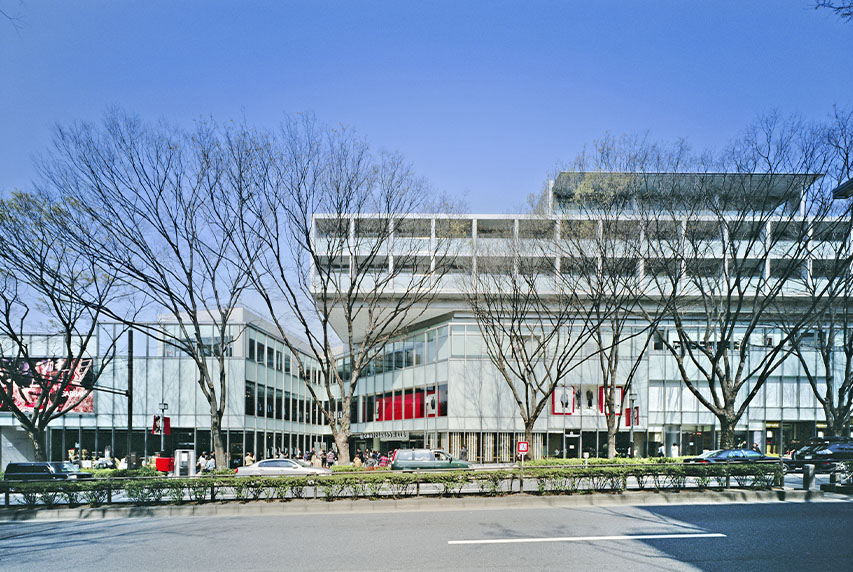
Photo by Mitsuo Matsuoka
21_21 Design Sight
With a unique form featuring a roof made of giant steel plates that fold over and slope down to the ground, the building is an embodiment of Ando's wish to show the world that Japan is perpetually exploring new possibilities of design.
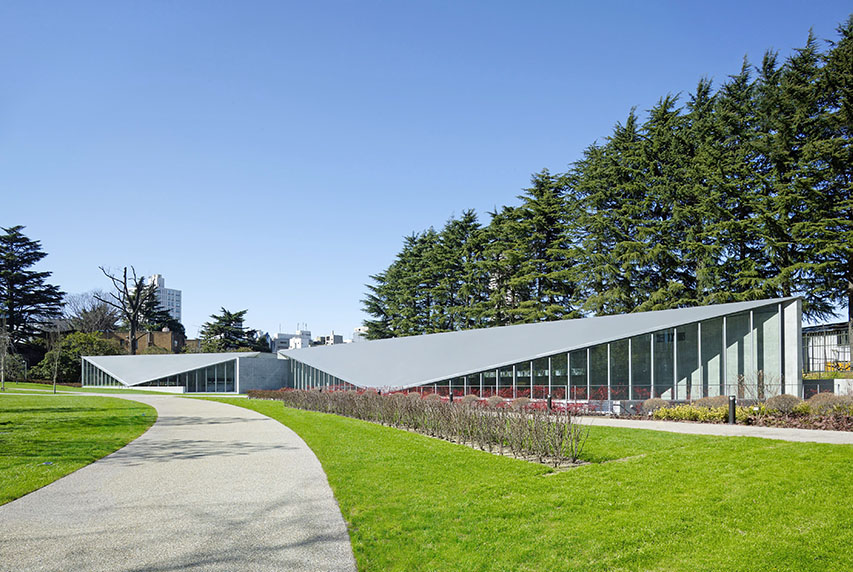
Kengo Kuma
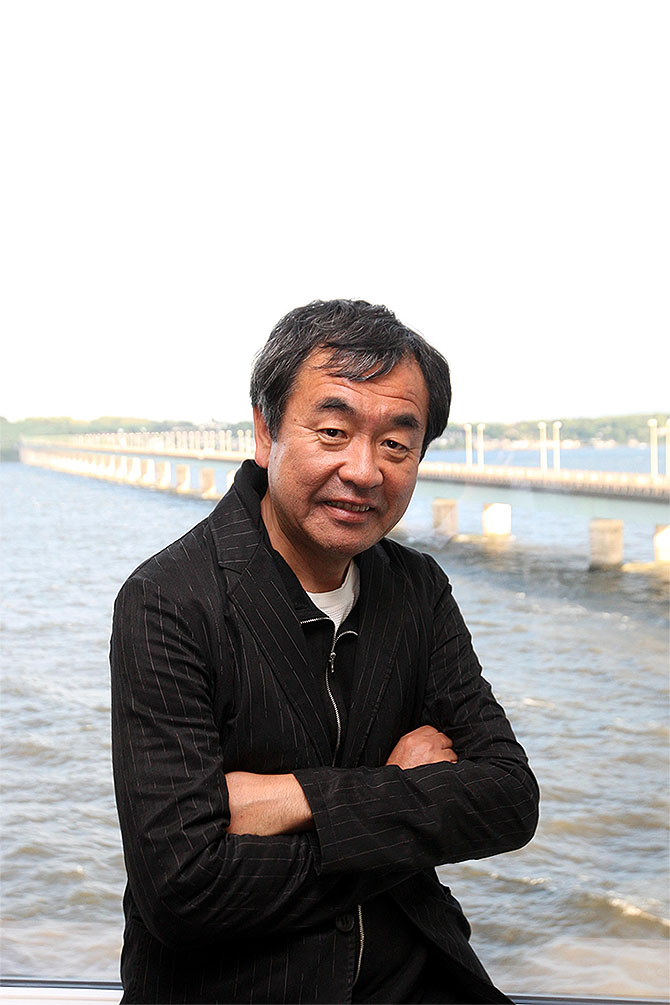
©The Courier
Kengo Kuma (1954 - present) is recognized worldwide for architecture that uses natural materials, respects its surroundings, and relates thoughtfully to the environment. He has handled a large number of high-profile projects such as the Nezu Museum, which blends beautifully with the surrounding Japanese garden, as well as the rebuilt Kabukiza Theatre and the interior of KITTE, Japan Post's commercial building which opened in 2013. The glass-paneled Akagi-jinja Shrine, in the Kagurazaka neighborhood, defies the conventions of shrine design.
Asakusa Culture Tourist Information Center
Renovated in 2012, this facility stands out for its exterior combining glass and wood. The first and second floors offer tourist information, and the eighth floor terrace observatory commands a panoramic view of Asakusa with Tokyo Skytree in the distance. The building serves as a symbol of the new Asakusa.
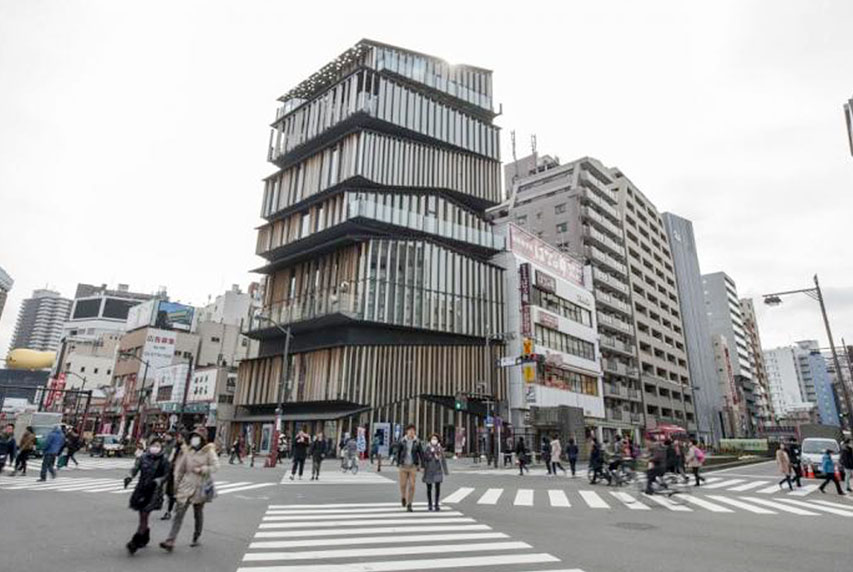
Ginza Kabukiza (Kabukiza Theatre / Kabukiza Tower)
Rebuilt in 2013, this structure features a 16th-century Japanese-style exterior, and gorgeous interior design. Even visitors who choose not to watch a kabuki performance can enjoy the gallery and shops. Behind it is the 29-floor Kabukiza Tower: the tallest structure in the Ginza district.
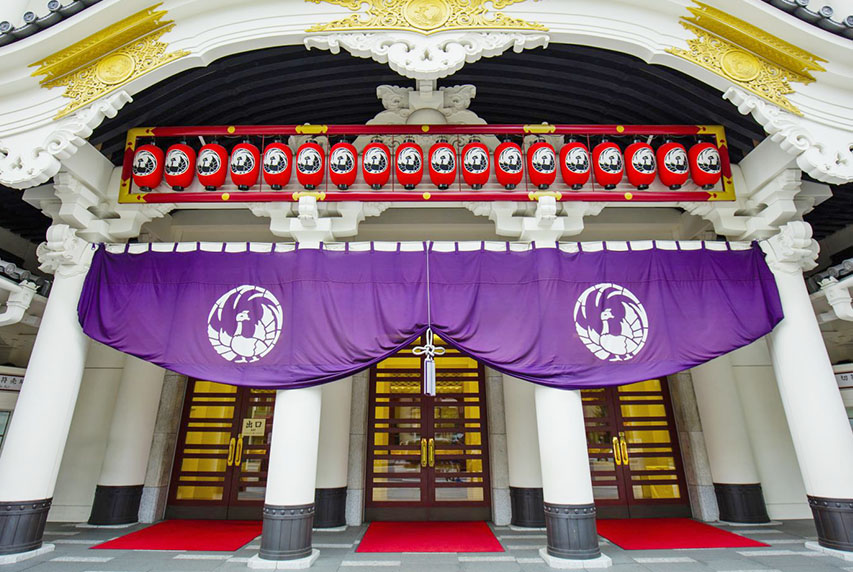
KITTE
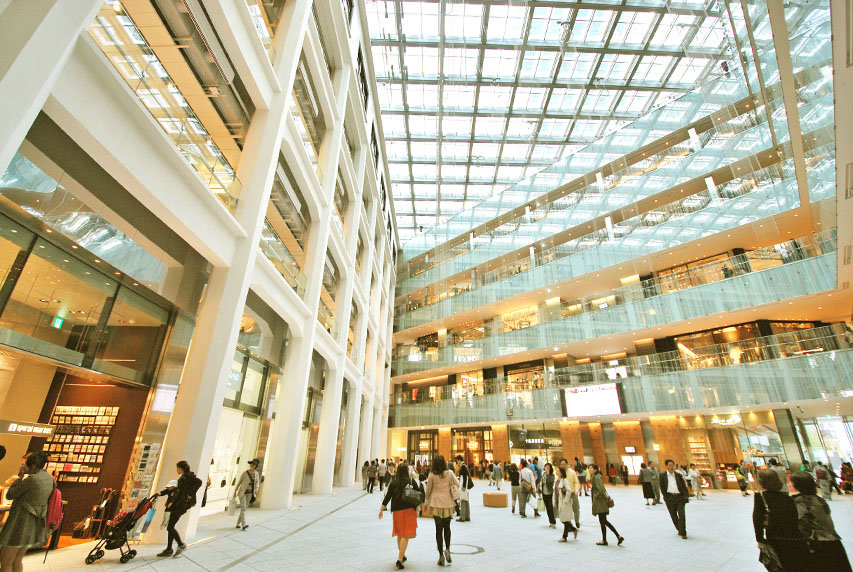
Nezu Museum
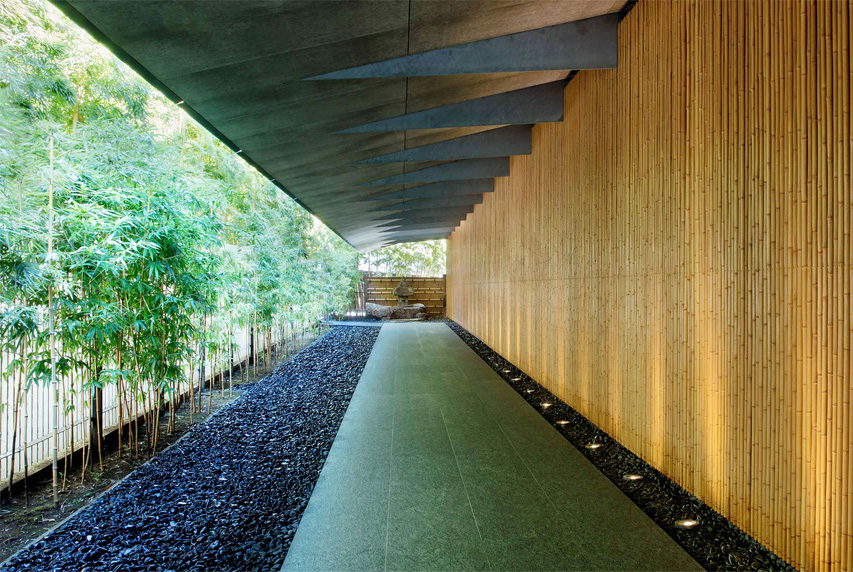
Akagi-jinja Shrine
